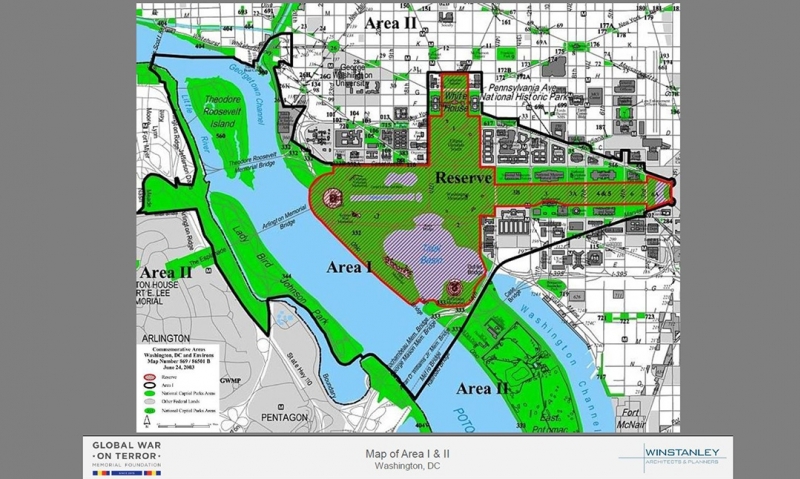%20(003).jpg.jpg)
For several years, the Global War on Terror Memorial Foundation has been working on the initial stages of getting a national memorial to a conflict now in its 17th year built in Washington, D.C.
For several years, the Global War on Terror Memorial Foundation has been working on the initial stages of getting a national memorial to a conflict now in its 17th year built in Washington, D.C.
In 2017, the same year that Congress officially authorized the foundation’s efforts, the American Legion National Executive Committee passed Resolution 16 supporting the memorial’s construction.
One important step was finding the right person to head the foundation, and that person is president/CEO Michael “Rod” Rodriguez. Rodriguez spent 21 years in the Army – including the Green Berets – in service that spanned the pre- and post-9/11 eras. He remembers that enlistment numbers “skyrocketed” in the wake of the attacks, and adds, “I think everyone was reminded of their patriotism.” During his military career, he “found that my passion was to serve others,” which led him to head the foundation.
In addition to Rodriguez, a leadership team, advisory board and set of ambassadors have been selected. The honorary chairman of the foundation is former President George W. Bush. Rodriguez has history with Bush, and comments, “It’s humbling to have him join the team …. I’ve always loved serving our commanders in chief.” The foundation sought out experts and thought leaders in various areas; “we wanted a diverse group of people who understand and support the mission,” Rodriguez says.
The 2017 congressional resolution passed the House of Representatives in a “pretty amazing” six months, according to Rodriguez. For war memorials, there is usually an embargo period, of sorts, of 10 years from the end of the conflict before construction can begin. But given the ongoing nature of the war, that requirement was waived after discussions with elected officials.
Now, the foundation is turning its attention to three factors: fundraising, site selection – they are hoping for a spot in Area 1, near the White House, National Mall and other war memorials – and beginning to think about design. When it comes to the latter, a high premium is being placed on input from all possible sources; Rodriguez says that focus groups are being conducted around the country with a “broad, diverse group … everyone.” The main goal is to “offer a space inviting to everyone.” Thus, social media is a big part of getting the word out.
Rodriguez envisions the memorial as a popular site for re-enlistment, retirement or other ceremonies. And time spans like that are entirely in keeping with the scale of this project. “This is not a 9/11 memorial,” he emphasizes. “It’s about what we did afterwards.”
Learn more about the memorial project at www.gwotmemorialfoundation.org.
- Honor & Remembrance

